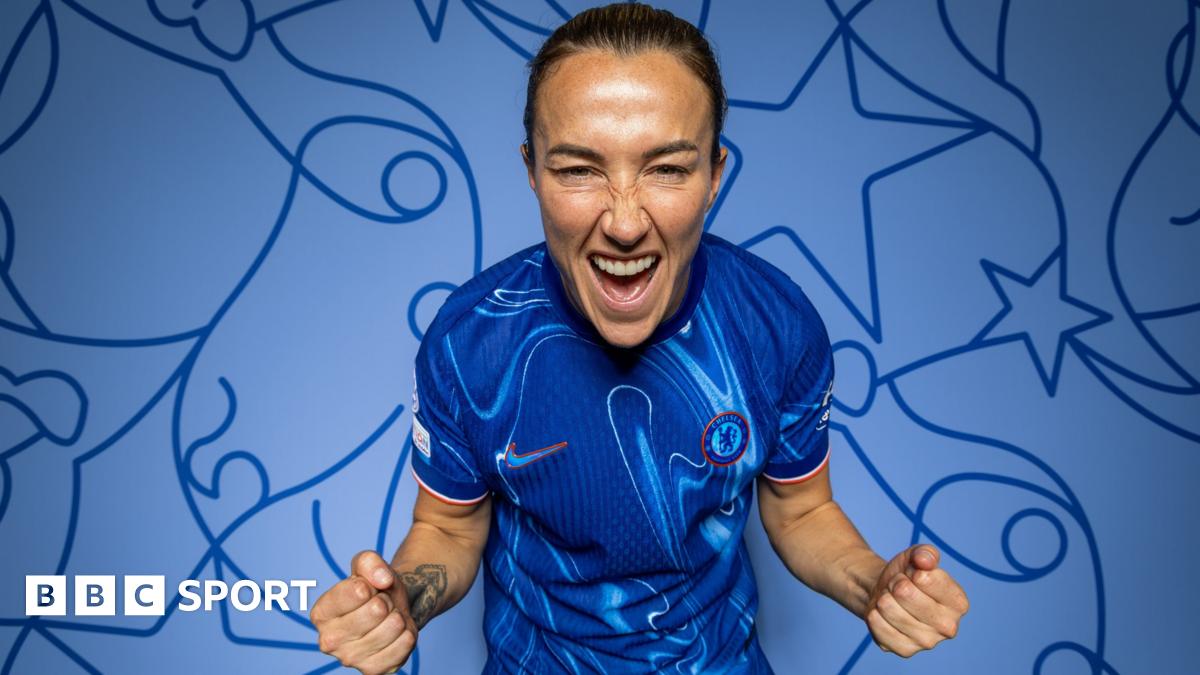Squamous cell carcinoma of the head and neck area is among the ten most common types of cancer.
Using a method based on machine learning, researchers at the University of Helsinki in collaboration with the University of Turku and the Max Planck Institute for Molecular Biomedicine in Germany analysed hundreds of biobank patient samples at the level of accuracy of individual cells. The new technology combines indicators of cancer cell behavior and the architecture of the tumor and the surrounding healthy tissue to create a type of ‘fingerprint’ for each patient that can be used to assess the prognosis and treatment response to cancer.
The most significant finding of the study was the development of a new imaging analysis technique that combines analyses of biomarkers of cell behavior with morphological analyses of single cell shape and the structure of the entire tumor tissues. The method enabled the identification of two new previously undetected groups of patients. For the first group, the prognosis was exceptionally good, while in the second it was exceptionally bad. The difference was explained by the spefic combination of a specific cancer cell state and the composition of the tissue surrounding the cancer cells. In the latter group, the aggressiveness of the disease was associated with signalling between cancer tissue and surrounding healthy connective tissue mediated by the epidermal growth factor (EGF).
“These results are a breakthrough in understanding cancer development and diagnostics. For the first time, we have shown that specific combinations of malignant cells and tissue cell types in what is considered healthy tissue have a strong prognostic effect on cancer progression. In addition, we identified a key signalling pathway that explains this compound effect and which can be pharmacologically targeted, consequently significantly affecting the progression of the cancer,” says Research Director Sara Wickström.
“In addition, our method was able to identify patients with a particularly poor prognosis who would benefit from an aggressive treatment strategy. On the other hand, we also identified a group of patients whose prognosis was good and for whom a less aggressive treatment, such as a surgical procedure alone, could be sufficient. This would help preserve patient quality of life” says Postdoctoral Researcher Karolina Punovuori from Wickström’s research group.
Diagnostic test under development
The new imaging method opens the door for precision diagnoses for cancers in the head and neck area. The researchers are currently developing a diagnostic test for more accurate diagnosis of this type of cancer. In addition, they are also studying the use of the method in the diagnostics of other types of cancer, such as colorectal cancer. They have received Business Finland’s Research to Business funding for the Multivision Diagnostics project, which develops applications that may become available to cancer clinics.
“Our research utilises the latest analysis methods in machine learning and spatial biology. We analyse hundreds of patient samples and millions of cells, which is only possible with the help of high-performance computers and artificial intelligence. This study is part of a new revolution in cancer diagnostics. We believe that the technology will significantly improve cancer diagnostics and the accuracy of treatment strategies,” Sara Wickström explains.
“Imaging of cancer biomarkers using antibody stainings is already in clinical use. Therefore the method will not be particularly expensive, since it only requires the algorithm developed by us and a special combination of antibodies. Considering the cost of cancer treatment, this is actually quite affordable,” she continues.
Head and neck cancers have increased considerably in the last 30 years.


